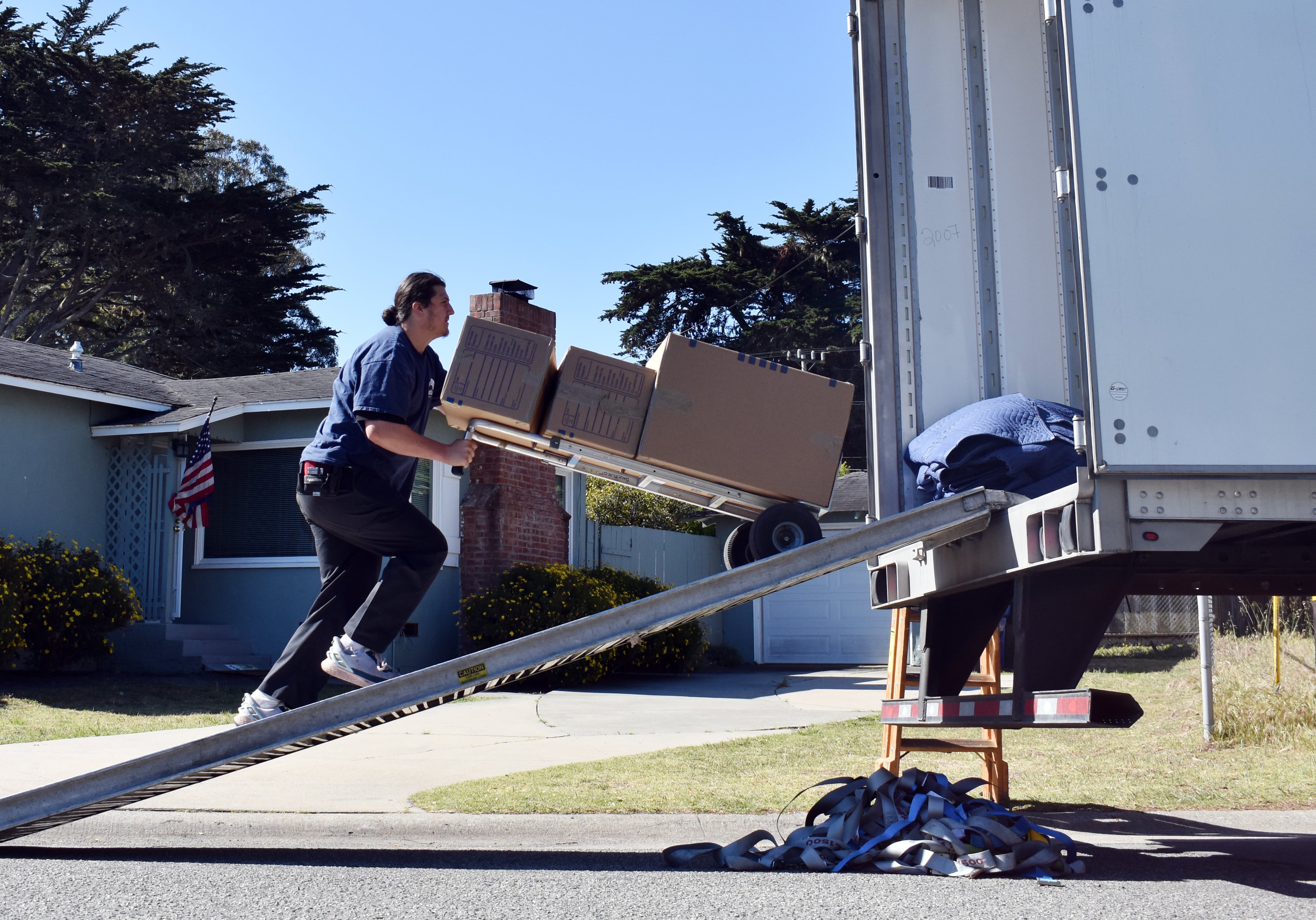Instructor and student pilot error alike caused the fatal T-38C training jet crash Feb. 19 in Alabama, the Air Force found in an investigation published Thursday.
The instructor, 24-year-old 1st Lt. Scot Ames of the 50th Flying Training Squadron at Columbus Air Force Base, Mississippi, was described as well-respected but inexperienced. Ames lost situational awareness on the final approach for landing and failed to take timely and necessary actions as a dangerous situation developed,” the investigator wrote.
The student, 25-year-old Capt. Renshi Uesaki of the Japan Air Self-Defense Force, who had language difficulties, also “substantially contributed” to the crash when he became overwhelmed in air traffic and left the throttles idling for too long at 18 seconds.
RELATED

“This undetected and uncorrected action, coupled with [Uesaki’s] additional flight control inputs to align with the runway, resulted in insufficient airspeed and altitude and an increased angle of attack and sink rate, and placed the [aircraft] outside the parameters for safe flight,” the investigation report said.
Ames and Uesaki were flying into Montgomery Regional Airport on their way to Florida around 4:40 p.m. that afternoon when the student pilot undershot the final turn on his approach into the airport, also known as Dannelly Field, according to the investigation.
The instructor told Uesaki to slow down and bank 40 degrees, so the student pushed the throttles to idle and turned left toward the runway — but ended up flying too slowly.
Ames tried to intervene, taking control of the T-38C to level its wings, pitch up and fire the maximum afterburner.
It was too late: The plane had slowed to 155 knots and was falling 1,100 feet per minute.
The T-38C flew through 70-foot-tall power lines, a lighting tower and a grove of trees before it hit the ground within seconds, “approximately 1,800 feet from the approach end of runway 28,” the report said. Both men died instantly without trying to eject.
Alabama Power Company employees near the mishap site dialed 911, and local civilian and military fire departments arrived at the scene about 30 minutes later.
RELATED

T-38Cs are supersonic jet trainer aircraft primarily used to prepare airmen to fly fighter and bomber planes.
Circling approaches like the one Uesaki attempted can create an “insidious descent” if the pilot banks too hard, the Air Force noted. During those approaches, a pilot must not fly lower than a particular circling altitude and maintain a consistently lower speed as they align with the runway. Once they properly lined up and safe to land, the pilot can slow to their final airspeed and fully open the flaps to create the most drag.
“The pilot must remain vigilant for stall indications and have the discipline to execute a go-around or stall recovery when required,” the report said. “The circling approach presents a potential sink rate problem in the T-38C that may not be accompanied by a stall warning.”
Airmen labeled the flight to Alabama high risk because it required an inexperienced instructor and international student to fly over water into an unfamiliar airfield, amid low clouds and the possibility of light ice. The squadron commander approved the sortie nonetheless.
Ames was up-to-date and qualified to fly the T-38C, “respected by his leadership and fellow instructors and had great rapport with his students,” the investigation said. “He had a reputation as one of the best and hardest working first assignment instructor pilots in the squadron.”
Uesaki had flown the Talon since July 2020 but was deemed at least slightly below average in the airframe, the Air Force said. Still, he was known as a “very respectful, hard-working, diligent student who studied long hours in preparation for his sorties,” the service said. “He was also known to help other student pilots prepare for their sorties.”
Uesaki’s instructors found that he had trouble speaking and understanding English despite completing language training in August 2019. That “directly impacted his ability to receive and process instruction as well as listen and talk on the radios,” the report said. “This challenge was exacerbated while flying instrument sorties, which required more frequent communications with” air traffic control.
RELATED

A tendency to overcorrect when issues arose and tackle problems out of order in the cockpit compounded his troubles and contributed to the pair’s deaths.
“While it is common for students to … become overwhelmed in the traffic pattern, this error was a particular trend item for [Uesaki] throughout his training,” the report said. His “airmanship skills appeared to be overwhelmed by the task of aligning with the runway, which led to other, equally important airmanship priorities … to go unaddressed.”
Ames and Uesaki died one day after a faulty touch-and-go landing caused a T-38 to crash in California, and about a year after another instructor and student pilot were killed in a T-38 formation landing in Oklahoma.
Rachel Cohen is the editor of Air Force Times. She joined the publication as its senior reporter in March 2021. Her work has appeared in the Washington Post, the Frederick News-Post (Md.), Air and Space Forces Magazine, Inside Defense, Inside Health Policy and elsewhere.





